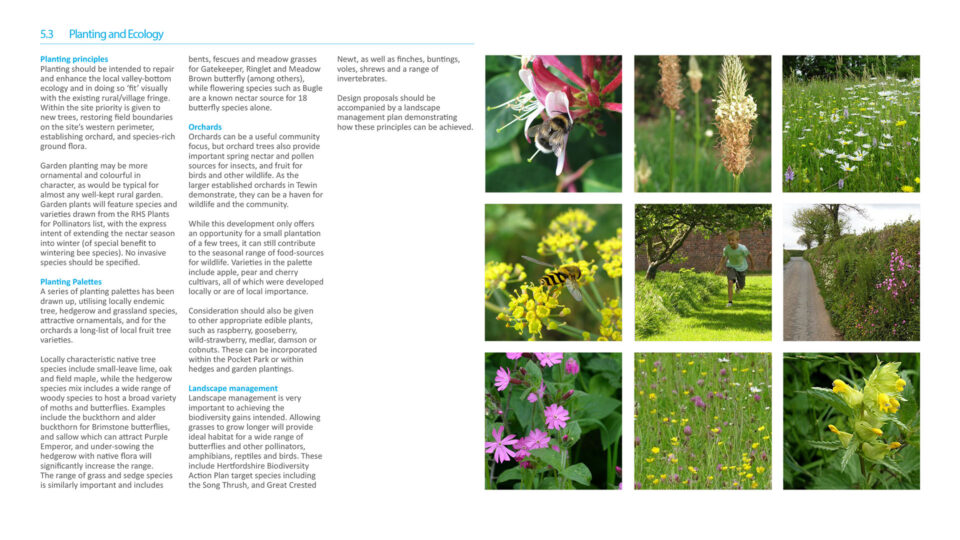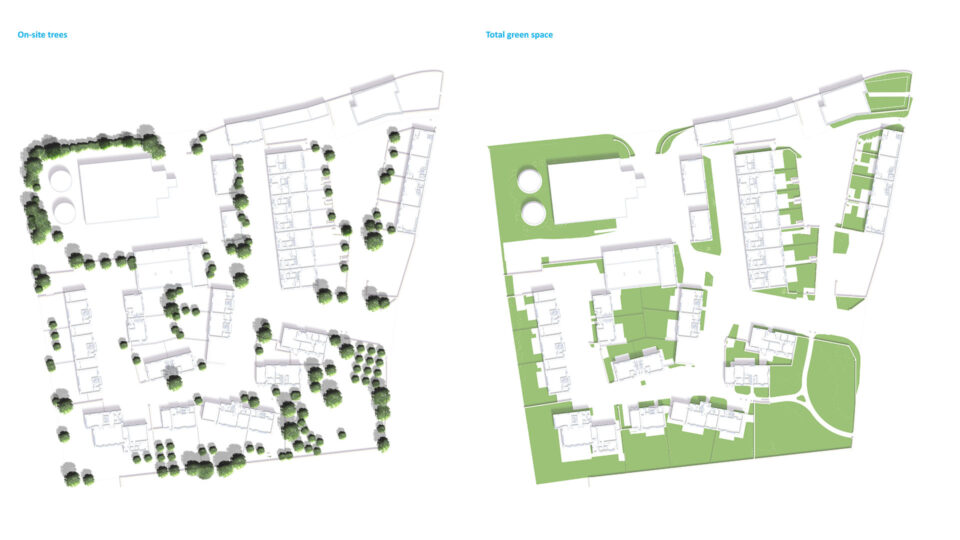London Olympic Stadium
In summer 2007, Art Gelling was called by a well-known recruitment agency. He was asked if he would like the opportunity to work on “an exciting new major sporting venue in east London… but I can’t tell you what it is…”
As London had just been announced as the host of the 2012 Olympic and Paralympic Games, it seemed like an approach worth pursuing.

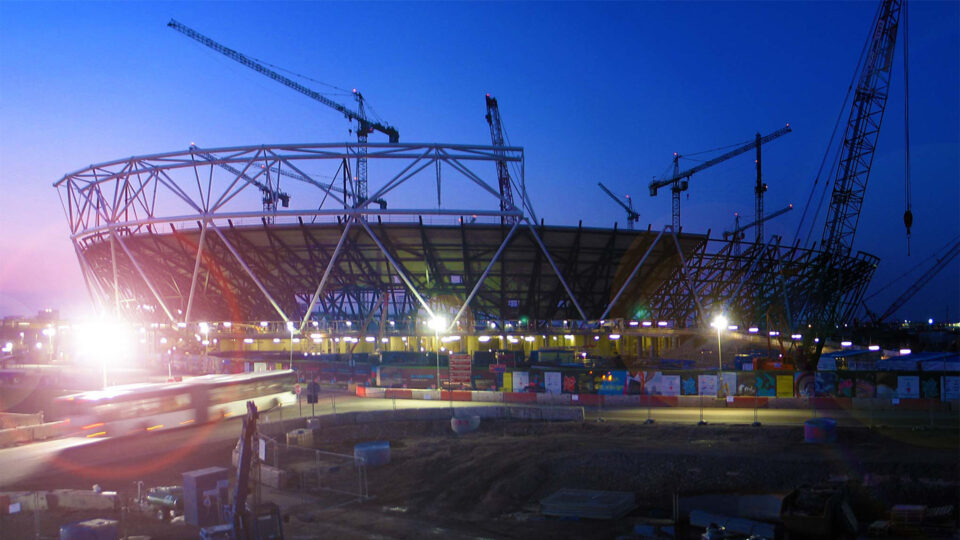
Working as project lead for Hyland Edgar Driver (HED) and embedded within the combined client / contractor / design team office in Canary Wharf, Art was soon rationalising the pre-award landscape strategy, developing the complex split-level access strategy, and managing the tight-nit landscape project team for the Main Stadium – to be the focal point of the London 2012 Olympic and Paralympic Games, and venue for the opening and closing ceremonies.
As soon as the site clean-up was complete, the whole team moved to on-site offices for the “complete” embedded major project experience.
Art took the team through the complex, multi-staged landscape planning submissions on behalf of Tier One Contractor Sir Robert McAlpine, architect Populous and engineer Buro Happold. The scale and complexity of the Stadium meant the project was run separately from the rest of the Olympic Park, and on an advanced programme.
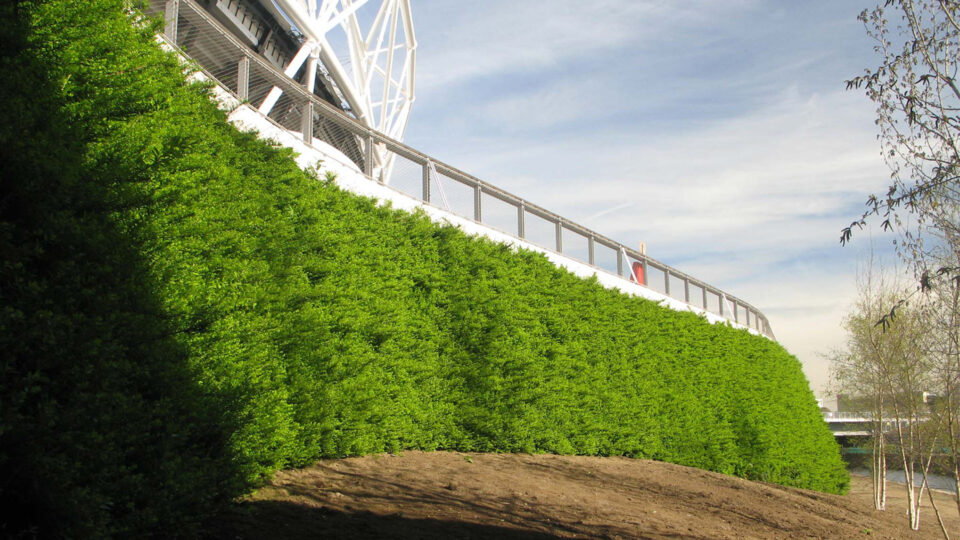
The pace of the build (driven by the unmoveable 2012 deadline) demanded that groundworks Planning submissions were made before above-ground design was known; Above-ground submissions were made before detailed designs were developed: The strategy carefully built in flexibility to develop the next stage of detail.
Design innovations included the road-tests for the glamorous floral meadows (planted the following year across Olympic Park)and designing the precisely engineered, undulating planted embankments. Less glamorous, but every bit as important, we developed the creative solutions to safe working, eliminating worker contact with contaminated ground, and the grade separation of security.
Art presented the designs at packed Stakeholder Interest Group workshops, covering diverse topics from ecology to equitable access to security. His small team completed the hard and soft landscape Tender packages for all public-facing and back-of-house areas of the ‘Stadium Island’ and assisted through the procurement process.
While day-to-day site duties reverted to colleagues, Art continued the team-leader role and carried out regular site inspections throughout construction and maintenance until handover for Games Overlay.
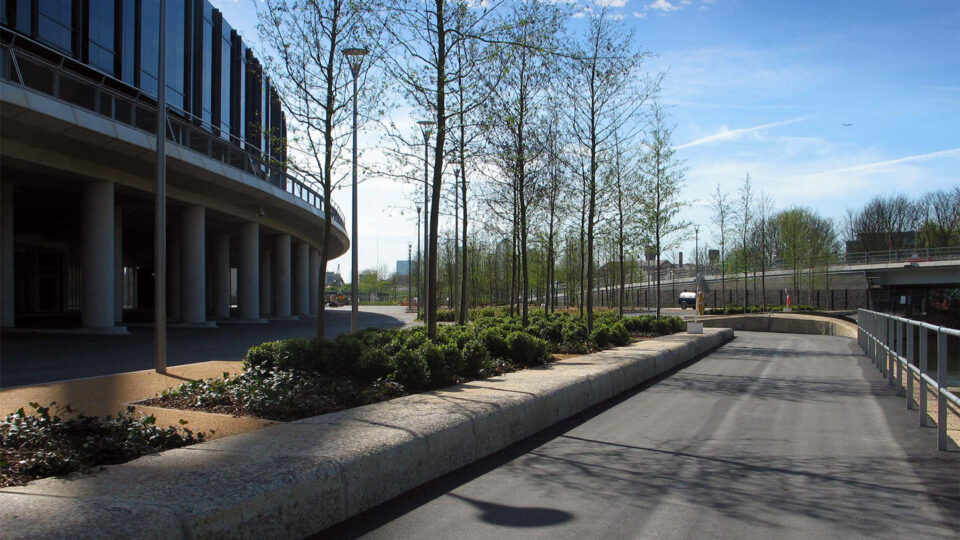

The project was designed to world-class environmental, safety and new, best-practice standards for accessibility to front- and back-of-house areas.
We established new riverside meadow habitat. We re-claimed and re-purposed granite dock edgings for the edge of the River Lea. We procured and planted willow trees that could barely fit on the largest flat-bed lorry. We procured UK grown pollards to re-establish in the river valley, and we set-out the post-Games landscape strategy. We even sneaked in some edible plants (isolated from the contaminated substrata). We fulfilled the late (and visionary) John Hopkins’ dreams.
Thanks to Daf (HED), John and David (ex-HED), and the project team from SRM, Populous, CLM, Buro Happold, KLH Sustainability, Rick’s team at Willerby, and many others.
As a team we handed-over the completed site ahead of programme and to a tight budget… and were nominated for the 2012 Stirling Prize.
… and Art’s plan is the front cover of a book of Olympic Stadia!



